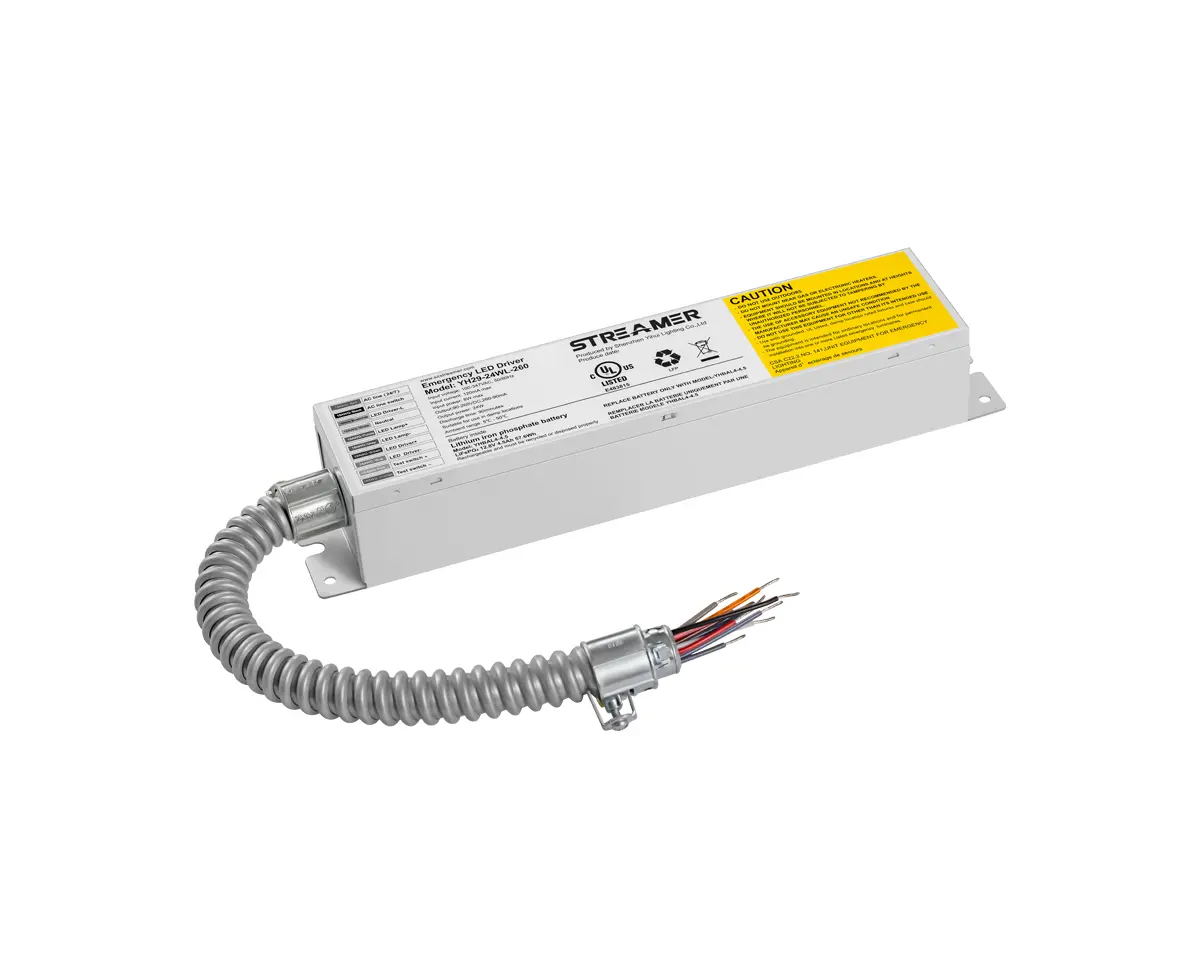 1
1
 May 05, 2025
May 05, 2025

The battery is the heart of an LED emergency light, determining its reliability, runtime, and overall performance during power outages. Selecting the appropriate battery for LED emergency lights involves careful consideration of several key factors.
Battery type is a fundamental consideration. Lead - acid batteries have been a traditional choice due to their relatively low cost and availability. However, they are heavy, have a lower energy density, and require more maintenance, such as regular water topping - up. In contrast, lithium - ion batteries have gained popularity for LED emergency lights. They offer a higher energy density, allowing for longer runtimes in a more compact and lightweight package. Lithium - ion batteries also have a longer lifespan and better charge - discharge cycle performance, reducing the need for frequent replacements.
Capacity is another crucial factor. The battery capacity, measured in ampere - hours (Ah), directly impacts how long the LED emergency light can operate during a power failure. It's essential to choose a battery with sufficient capacity to meet the specific requirements of the application. For example, in a small residential setting, a lower - capacity battery might be sufficient for a short - term emergency, while in large public buildings, a higher - capacity battery is necessary to power multiple emergency lights for an extended period.
Battery management systems (BMS) are vital for the safe and efficient operation of batteries in LED emergency lights. A good BMS monitors the battery's voltage, current, and temperature, preventing overcharging, over - discharging, and thermal issues. It also balances the charge across multiple battery cells in a battery pack, ensuring uniform performance and extending the overall lifespan of the battery.
Furthermore, environmental factors can influence battery selection. Some batteries may perform poorly in extreme temperatures, so it's important to choose batteries that are rated for the intended operating environment. Additionally, the ease of battery replacement and the availability of replacement batteries should be considered, especially for applications where long - term maintenance of the LED emergency lighting system is required.